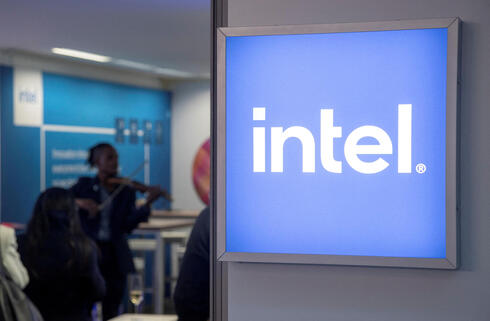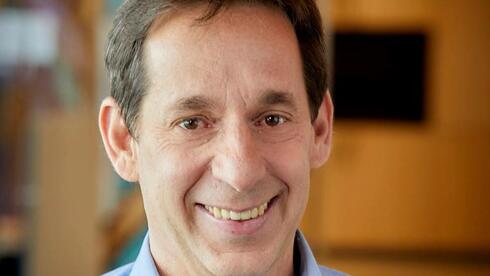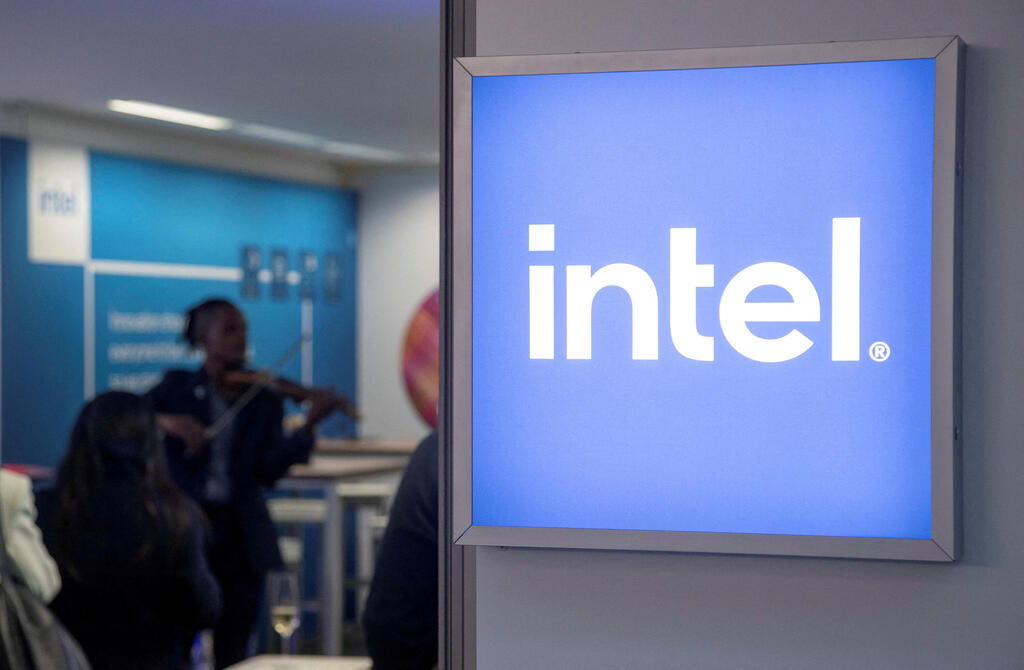
Intel’s new boss has no time for field of dreams
Lip-Bu Tan axes ‘build it and they will come’ mindset, demanding real demand before new fabs.
For decades, Intel executives liked to think that if they built it, the customers would come. New chip plants rose in green fields and gray cities alike, billions of dollars poured into high-stakes bets on capacity, and the company’s swaggering confidence seemed unshakeable.
Now, new CEO Lip-Bu Tan is taking a sledgehammer to that old gospel.
"I do not subscribe to the belief that if you build it, they will come," Tan told analysts in his latest earnings call, pointedly rejecting the promise at the heart of Field of Dreams, and, arguably, the promise that once defined Intel’s expansionist playbook.
Instead, Tan says, Intel’s future will rest on a colder equation: build only what customers truly need, and only when they truly need it.
Tan’s blunt rewrite of Intel’s promise comes after years of missteps that left the iconic chipmaker trailing newer rivals in the race to dominate the era of artificial intelligence.
Under his predecessor, Pat Gelsinger, Intel plowed billions of dollars into massive factories, including a multi-billion-dollar “mega fab” in Ohio, betting that governments and customers would help fill them. But demand has been slower than promised. New competition from Nvidia and AMD in AI and servers exposed Intel’s aging product roadmap. And confidence in its foundry business, a critical pivot intended to rival Taiwan’s TSMC, never fully took hold.
Tan’s approach could hardly be more different. “Unfortunately, the capacity investments we made over the last several years were well ahead of demand and were unwise and excessive,” he told investors, bluntly acknowledging what Intel insiders long whispered. Now, the sprawling factory footprint is “needlessly fragmented,” he said.
To make his point, Tan is doing what his predecessors rarely did: cutting.
Intel will freeze planned manufacturing projects in Germany and Poland, consolidate operations in Costa Rica into larger sites in Vietnam and Malaysia, and slow construction in Ohio until, and unless, confirmed customer orders materialize.
The promise of “build it and they will come” has been replaced by a strict new test: no more blank checks. Factories will grow “solely on volume commitments,” Tan said, with every dollar of capital expenditure pinned to real demand.
It’s not just factories. Intel’s headcount is also shrinking fast. By year-end, Intel’s global workforce will drop by about 25,000 jobs, from nearly 100,000 at the end of last year. The company has already stripped out half its management layers, a drastic move in a famously bureaucratic culture.
"These were hard but necessary decisions," Tan told staff, positioning the cuts not just as cost savings but as a cultural reset. “We will become more agile, collaborative and vibrant … and improve our product and process execution.”
The shift in mindset goes beyond empty factories. Intel’s core PC and server chip business, the x86 franchise that once minted money, is under the same microscope. Intel plans to launch its Panther Lake notebook chips by year-end and follow with Nova Lake by 2026, hoping to fend off AMD’s steady gains.
On servers, Tan admitted mistakes: the company’s earlier decision to drop simultaneous multi-threading weakened its chips’ competitiveness for power-hungry workloads. It’s now bringing SMT back. New leadership for the data center business is coming soon, he promised.
Tan’s fingerprints are everywhere. Every major chip design now requires his personal approval before it’s sent for manufacturing. “Clean and simple architecture, better cost structure, simplified SKU stacks,” that’s the new mantra.
Perhaps the biggest open question is AI, the market where Nvidia has reigned supreme while Intel’s big plans mostly fizzled.
Here too, Tan rejects the old assumptions. He says Intel will stop thinking about AI in narrow, silicon-only terms and build a “cohesive silicon, systems and software stack” instead. The company will concentrate on segments where it can “disrupt and differentiate,” such as inference and agentic AI, rather than try to chase Nvidia’s lead in training large models.
"We intend to incubate and grow these important skill sets … This will take time, but it will be vital for Intel to stay relevant in the next wave of computing," Tan said.
Intel remains profitable on the top line. Its second quarter revenue topped estimates at $12.9 billion, breaking a four-quarter streak of declines. But net income remains weighed down by restructuring costs and earlier investments that have yet to pay off. The company still expects a wider-than-expected loss this quarter.
Meanwhile, Tan has pulled back on capital spending forecasts by $5 billion this year and sold down Intel’s stake in Mobileye to shore up its balance sheet.
The turnaround, Tan concedes, “will take time and require patience.” But the message is clear: the era of faith is over. The Field of Dreams pitch is out. Execution is in.
“Under my leadership, we will build what customers need, when they need it, and earn their trust through consistent execution,” he said.
For a company once built on big visions, it may be the hardest pivot yet.














